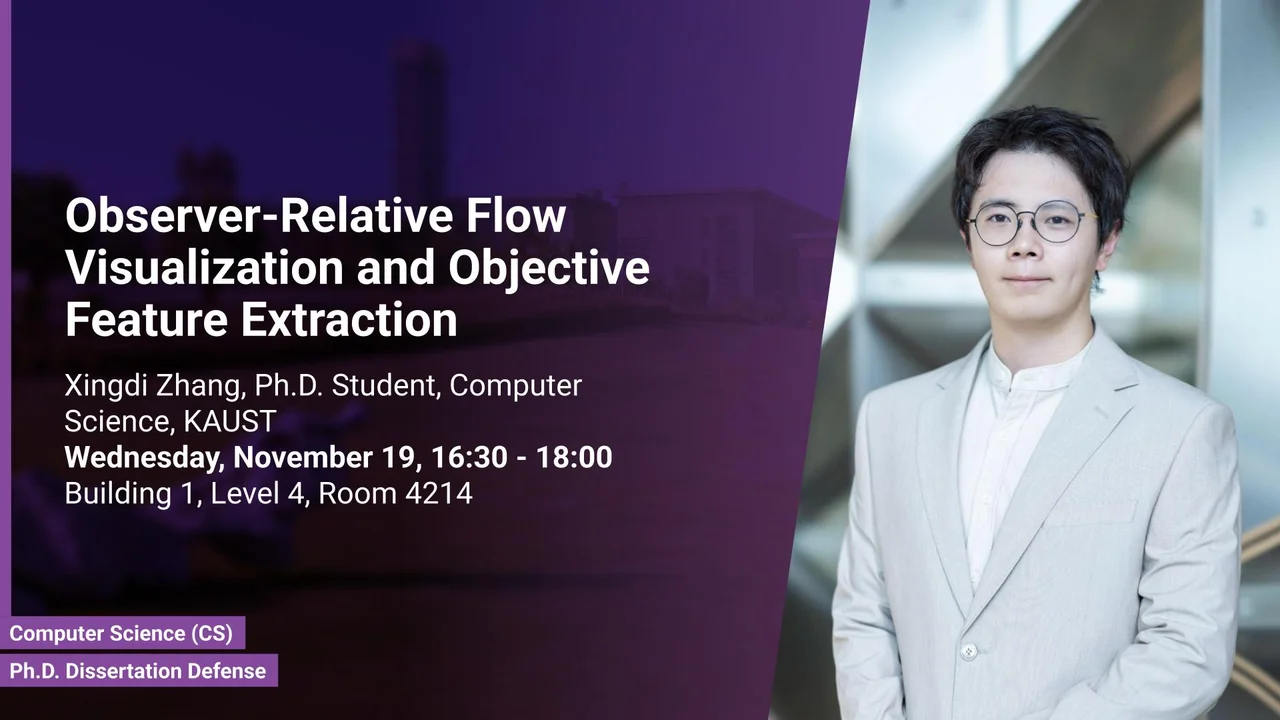
Observer-Relative Flow Visualization and Objective Feature Extraction
This dissertation develops an integrated toolkit of novel visualization and feature extraction methods, grounded in a Riemannian geometry framework, to enable an objective, observer-relative, and physically consistent analysis of complex unsteady flows.
Overview
To address challenges in analyzing complex unsteady flows, this dissertation develops novel methods for observer-relative flow visualization and objective feature extraction where objectivity is not optional, but a fundamental requirement for any physically meaningful feature: a valid feature detector must be frame-indifferent, producing consistent results regardless of the observer’s motion.
At its core is a theoretical framework grounded in Riemannian geometry, modeling physically realizable observers via Killing fields, enabling interactive selection and manipulation of observers in both 2D and 3D space and time. Building on this theory, a suite of observer-aware visualization techniques is presented, including local reference frame workflows for enhancing material boundary visualization, importance-driven flowline rendering, observer-aware flowline filtering, and more. For the critical task of identifying objective vortical coherent structures, this dissertation introduces two complementary methodologies. Vortex Lens, an optimization-based approach, is developed to precisely extract objective vortex corelines using a local optimized observer, and VortexTransformer, a deep learning model that learns geometric features from pathline relative positions, and segments vortex regions in 2D unsteady flows. Together, these contributions advance the state-of-the-art by providing an integrated toolkit for interactive, objective, and physically consistent analysis of complex fluid dynamics.
Presenters
Brief Biography
Xingdi Zhang is a Computer Science Ph.D. student in Computer Science at King Abdullah University of Science and Technology (KAUST) under the supervision of Professor Markus Hadwiger in the High-Performance Visualization Group. Xingdi received his M.S. (2022) in Computer Science from KAUST and his B.E. (2020) from the University of Electronic Science and Technology of China (UESTC). His doctoral research bridges Riemannian geometry, physics, and deep learning for objective vortex extraction and flow visualization.

